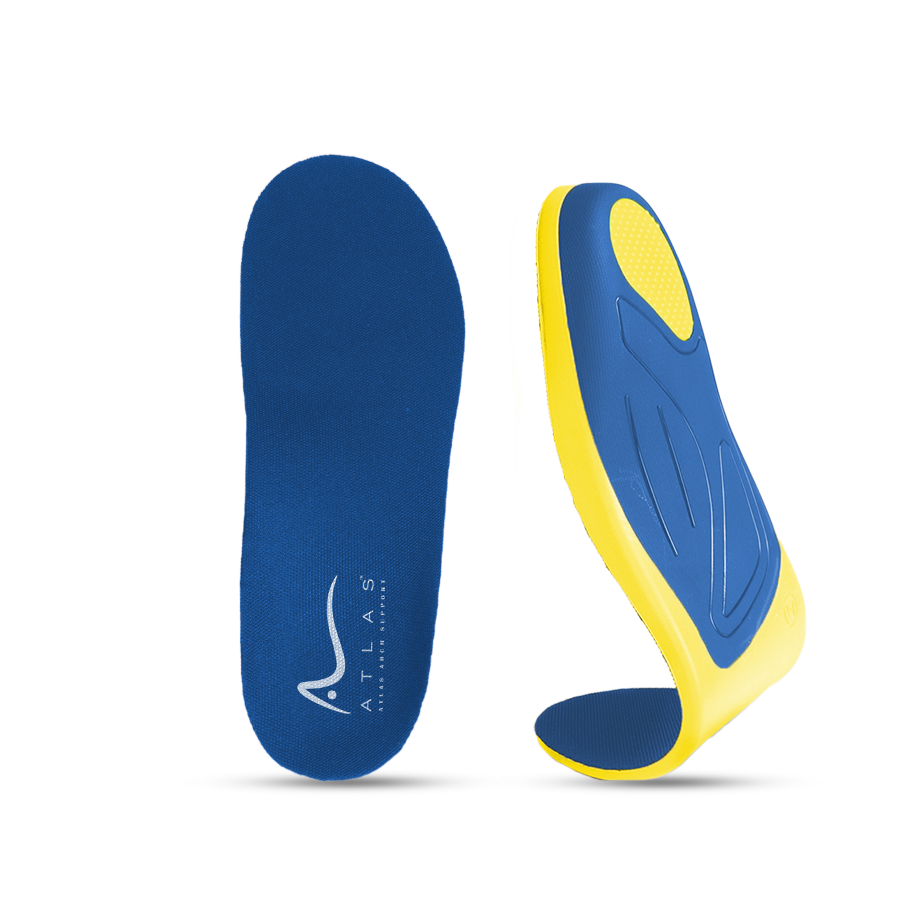Sesamoiditis manifests as considerable discomfort under the big toe, affecting your walking, running, or standing capabilities. This condition involves the inflammation of the sesamoid bones—two small, pea-shaped bones located in the ball of your foot, beneath the big toe joint. These bones, embedded within tendons, serve as a pulley system, aiding leverage when pushing off your toes during movement. Their position and function make them prone to inflammation and injury, leading to the painful condition known as sesamoiditis.
Primary Causes of Sesamoiditis
The primary cause of sesamoiditis is often repetitive activities that place excessive force on the ball of the foot, including:
High-Impact Sports: Engaging in running, basketball, and soccer, which involve intense footwork, can stress the sesamoid bones.
Dance: Ballet dancers are particularly at risk due to the constant pressure on the forefoot while dancing on tiptoes.
Occupational Hazards: Jobs that entail prolonged periods of standing or walking can also lead to sesamoiditis.
Contributing Factors
Several factors may increase the likelihood of experiencing sesamoiditis, making some individuals more prone than others:
Improper Footwear: Shoes lacking proper support or with high heels can alter foot alignment and pressure distribution, raising the risk.
Foot Structure: People with high arches may face more force concentration on the ball of the foot, predisposing them to sesamoiditis.
Pre-existing Foot Conditions: Conditions like bunions or hammertoes, which alter weight distribution across the foot, can also increase the risk.
Symptoms to Watch For
Early recognition of sesamoiditis symptoms is key for timely management. Symptoms include:
Pain Under the Big Toe: Persistent pain in the ball of the foot, worsening during activities that pressure the forefoot.
Swelling and Bruising: Visible swelling or bruising around the sesamoid bones due to inflammation.
Difficulty with Toe Movement: Impaired ability to bend and straighten the big toe, affecting gait and foot function.
Warmth and Tenderness: Inflammation may cause warmth or tenderness under the big toe.
Managing Sesamoiditis: Diagnosis to Recovery
Navigating the path from the diagnosis of Sesamoiditis to recovery involves a multi-faceted approach, starting with a thorough examination by a healthcare professional. This initial assessment focuses on the foot's structure, pinpointing the pain's specific location, and identifying any activities that exacerbate the condition. To confirm a diagnosis of Sesamoiditis and distinguish it from other potential issues, such as fractures, imaging tests play a crucial role. X-rays provide a clear view of the bones, highlighting any abnormalities, while MRIs offer detailed images of both bones and soft tissues, helping to assess the extent of inflammation around the sesamoid bones.
Once Sesamoiditis is diagnosed, the treatment plan aims to relieve pain, reduce inflammation, and tackle any underlying factors contributing to the condition. A combination of strategies is often recommended:
- Rest and Ice Application: Taking a break from activities that exert pressure on the foot and applying ice to the affected area can significantly diminish swelling and pain.
- Cushioned Pads or Orthotic Inserts: These devices are designed to redistribute pressure away from the sesamoid bones, offering relief from discomfort.
- Supportive Footwear: Opting for shoes with a low heel and a wide toe box can minimize stress on the sesamoid bones. It's essential to avoid high heels and choose footwear that provides adequate cushioning and support.
- NSAIDs: Non-steroidal anti-inflammatory drugs can effectively manage pain and reduce inflammation, providing temporary symptom relief.
- Physical Therapy: Customized exercises aimed at strengthening the muscles around the big toe and improving foot mechanics can alleviate pain and prevent future issues.
- Immobilization: In cases where conservative treatments do not yield sufficient relief, immobilizing the foot with a brace or cast may be necessary to allow the area to heal properly.
- Surgery: Surgical intervention might be considered as a last resort to remove the sesamoid bone or repair damaged tendons, especially if other treatments fail to resolve the condition.
Prevention Strategies
Preventing Sesamoiditis involves a proactive approach to foot health, focusing on measures that reduce the risk of developing the condition:
- Supportive Footwear: Selecting shoes that provide proper support and comfort is crucial, especially for high-impact activities such as running, dancing, or sports. Ensure your footwear offers adequate cushioning and features a wide toe box to minimize pressure on the forefoot.
- Foot-Strengthening Exercises: Regular exercises that strengthen the muscles of the feet can help maintain arch support and prevent conditions like Sesamoiditis. Simple at-home exercises, including toe curls, marble pickups, and arch lifts, can enhance foot strength and flexibility.
- Maintaining a Healthy Weight: Excess body weight increases pressure and stress on the feet, particularly on the sesamoid bones. A balanced diet and regular exercise can help manage weight and alleviate unnecessary foot strain.
- Regular Stretching: Stretching the feet, ankles, and calves can improve flexibility and reduce the risk of injuries that might lead to Sesamoiditis. Incorporating stretching into your daily routine, especially before and after physical activities, is beneficial.
Conclusion
Sesamoiditis, though challenging, can be effectively managed with the right knowledge and approach, minimizing its impact on daily activities. Embrace supportive footwear, orthotic solutions, and targeted exercises to strengthen your feet. Early intervention and consistent management are key to overcoming sesamoiditis discomfort.




